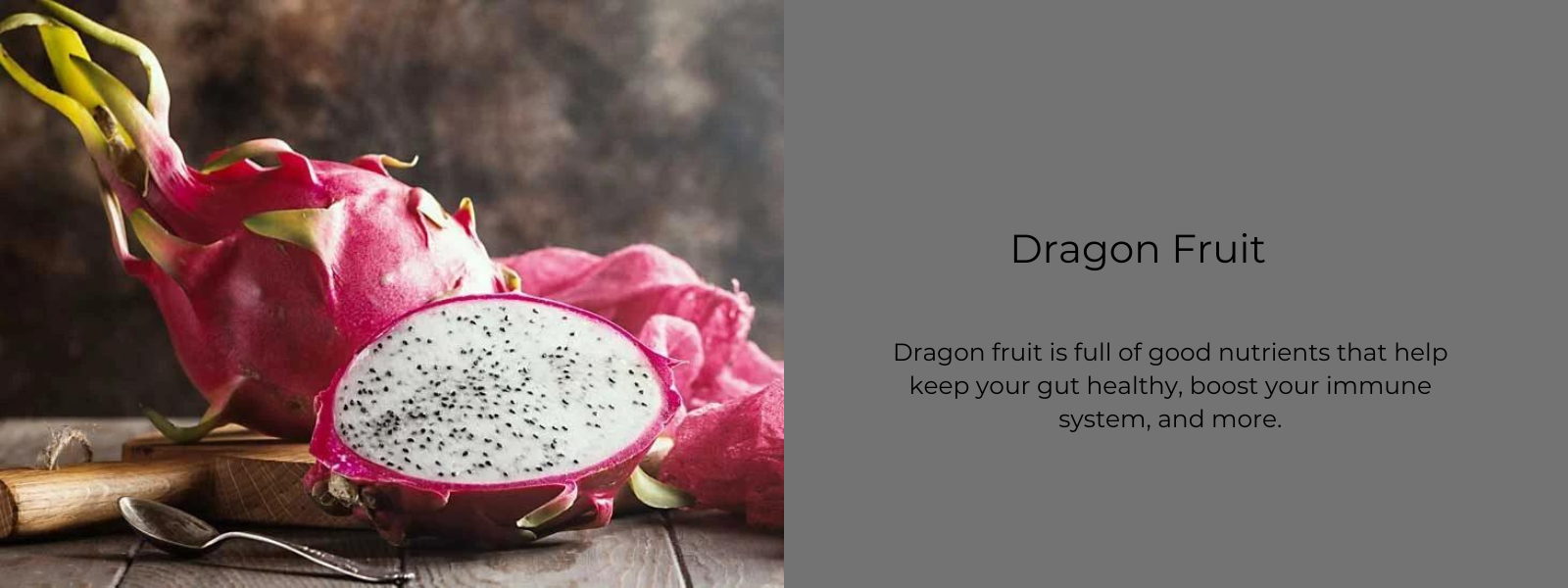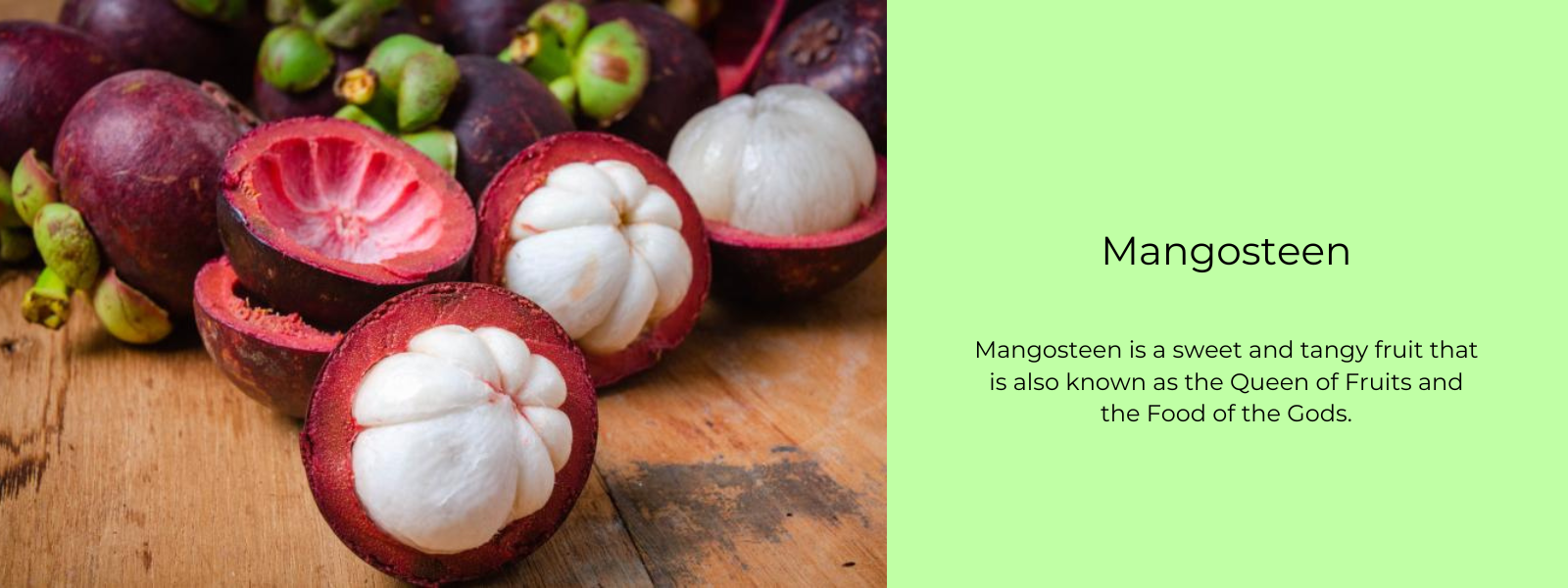Kokum is a sour summer fruit that grows in tropical climates. When still on the tree, the tiny, spherical kokum fruit is a bright red, but once it has ripened and been dried, it takes on a dark purple, almost black, hue. The kokum tree is native to India and grows abundantly in the region around the Western Ghats.
Dried kokum fruit is a common ingredient in regional dishes, where it serves mostly as a sour flavouring. Fresh kokum juice is chilled and served as a refreshing summertime beverage. In reality, the kokum fruit's seeds, like the rest of the fruit, have a high nutrient density and can boost your body's natural defences in a number of ways.
Table of Contents
What is kokum?
Kokam, or Garcinia Indica, is a popular summer drink and a powerful antioxidant. The Western Ghats of India and the Andaman Nicobar Islands are home to the Garcinia Indica plant, also called Vrikshamla in Ayurvedic medicine.
The fruits of this rapidly expanding shrub are tiny and bright crimson (similar in size between plums and cherry tomatoes). The skin of this fruit is usually removed after being dried in the sun. The resulting powder is a sour and flavorful spice made from the dried skin. An essential component of many Indian curries, this spice is widely used throughout the country. Moreover, the fruit can be eaten whole and has been linked to a variety of health advantages.
Other names of kokum:
Garcinia indica, Amsole, Amasul, Birondd, Kokummara, Kokan, Murgalmera, Murgal, Ratamba, Brindonia tallow tree, Dhupadamara, Wild mangosteen, Punampuli
Nutritional value of kokum:
Kokam has a lot of healthy nutrients. For every 100 grams, kokum is a good source of energy, providing 60 calories. In spite of its low calorie and fat content, kokum is a good source of fibre, contributing about 2 grammes per 100 grammes. It is a good source of vitamin A, vitamin B3, vitamin C, folic acid, calcium, iron, potassium, magnesium, manganese, and zinc. Kokam also contains acetic acid and hydroxycitric acid.
Best ways to eat kokum fruit:
Kokum can be used in many different ways. In addition to eating it fresh, you may also dry it, make an infusion with water, or use it in cooking. In the same way that tamarind may be used to add a sour note to any dish, this ingredient is quite versatile. It's commonly used in recipes with coconut, fish, bhindi (ladies' finger), dal, chutney, pickle, and potato. The sour flavour that the kokum flower adds to a stew makes it a popular ingredient. See below for some authentic Indian dishes that make use of kokum.
Health benefits of kokum fruit:
- Aids in digestion: Kokum has been recommended for centuries as a means of promoting healthy digestion and easing acid attacks and the accompanying heartburn and stomach pain. According to ayurveda, the digestive agni (fire) and pachan shakti (digestive strength) can be improved by drinking kokum juice, which is produced from ground dried kokum fruit.
- Kokum Has Mood-Improving Properties: When you're feeling down, anxious, or tense, the kokum fruit can help you feel better by soothing your mind and elevating your spirits. An rise in serotonin, the "happy hormone," is a result of eating kokum, which makes you feel good about yourself and the world. An uptick in serotonin levels has been linked to a reduction in both stress and negative emotional states.
- Reduces inflammation: Research indicates that kokum can reduce inflammation and allergy symptoms. This is because the kokum fruit contains phenolic chemicals. Hence, kokum is used in several ayurvedic treatments. Kokum has anti-inflammatory properties and can be used to treat a variety of wounds including burns, cuts, scrapes, and eczema.
- Promotes weight loss: If, despite regular exercise and a healthy diet, you still can't seem to get your weight under control, try kokum. The hydroxy citric acid found in the peel of this locally cultivated fruit has been shown to aid in weight loss. The way in which, if I may. In fact, it aids weight loss in a number of ways, including by increasing oxidative fat burning and reducing hunger. The kokum seed also contains no fat and very few calories. Since this is the case, it works well as a means of facilitating the pursuit of such aims as weight loss.
- Helps in controlling diabetes: Even if you are only borderline diabetic, including kokum in your diet can be beneficial. Kokum's antioxidant and anti-diabetic characteristics make it useful for controlling glucose levels. Therefore, it can help patients with type 2 diabetes whose bodies' natural enzyme production has been diminished. Improved metabolism from kokum's nutrients and chemicals aids in digestion and insulin's ability to do its job, both of which are critical for maintaining healthy blood sugar levels and managing diabetes.
- Nutrients dense: The kokum fruit packs a lot of healthy elements into a little package. Kokum contains numerous nutrients, including vitamins A, B3, and C as well as calcium, iron, manganese, potassium, and zinc. High levels of folic acid, ascorbic acid, acetic acid, hydroxy citric acid, and fibre are also present. This seemingly unremarkable fruit is actually quite nourishing, helping with weight loss, strengthening your immune system, and a whole lot more besides.










Leave a comment